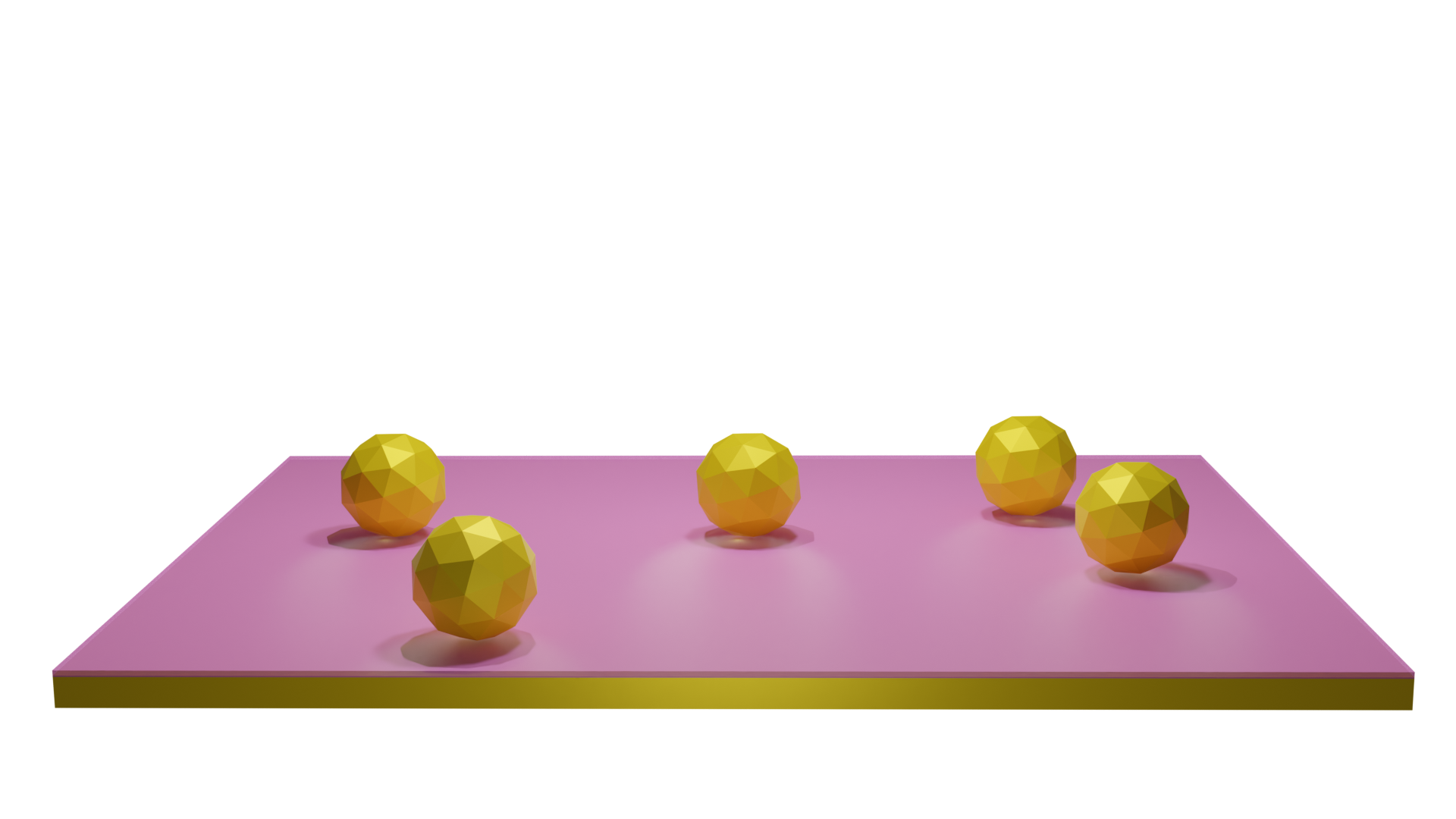Demelza Wright (c2016) and co-authors use plasmonic nano-junctions to learn about catalysis.
Climate change is a constant, yet multifaceted, threat. One of the issues we face is the release of CO2 into the atmosphere by burning fuels, where it acts like a blanket absorbing heat then slowly releasing it over time. One strategy to mitigate this threat is to convert CO2 back into a fuel and molecular catalysts (such as metal terpyridines) could be an attractive low-cost route to achieving this goal.
Demelza Wright (NanoDTC student c2016) recently led a collaboration between NanoPhotonics (Dept. Physics) and the Reisner (Dept. Chemistry) groups on this topic. In their recent Nature Catalysis paper, they performed spectroscopy on a molecular catalyst while it was converting CO2 into a more useful form to determine how the molecular structure changed during the transformation.
Alongside an extensive collaboration with the Rosta computational chemistry group (UCL), they determined that the nature of the chemical anchoring group is crucial in determining the active catalyst structure. They present a computationally and spectroscopically verified reaction mechanism for a molecular catalyst reducing CO2 to CO and demonstrate a new method for confined-environment spectroscopy.
They also wrote a ‘behind the paper’ blog post discussing the work and people who inspired the project. It can be found here: https://chemistrycommunity.nature.com/posts/less-is-more
The work can be found here: Nature Catalysis 4 157–163(2021) DOI: 10.1038/s41929-020-00566-x

